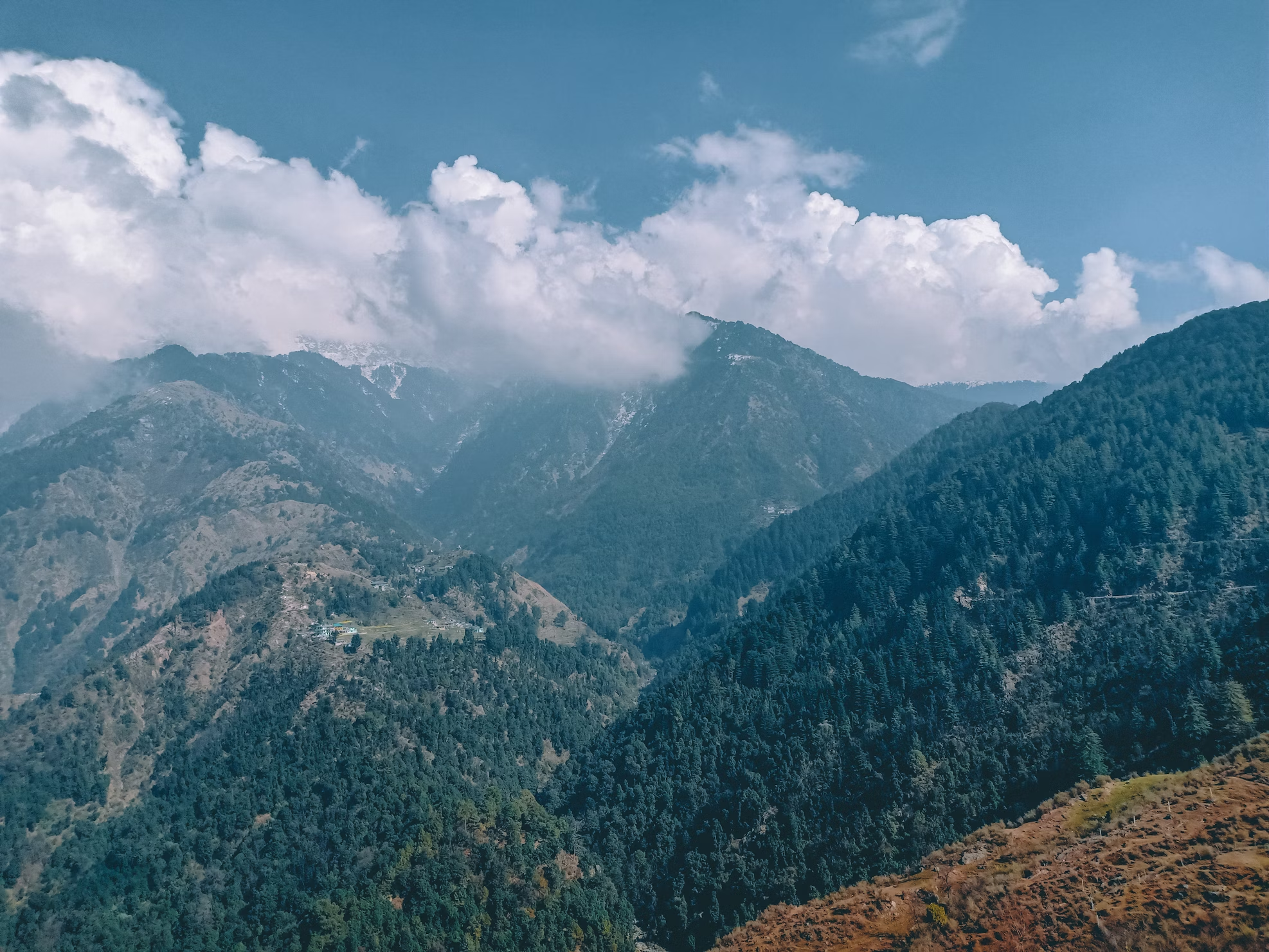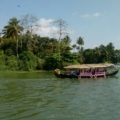Beyond Rishikesh: Top Winter River Rafting Destinations in Sikkim, Ladakh & Uttarakhand
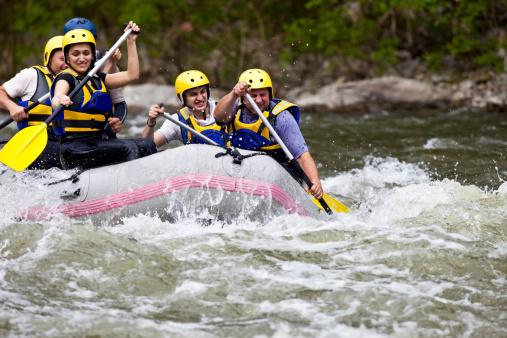
Winter river rafting may seem counter-intuitive, but by looking beyond Rishikesh, one finds Himalayan rivers where the cold season brings a unique paddling experience. This blog identifies the best winter river rafting destinations, outlines where and when to go, what to expect, and how to plan. If you’re searching for winter river rafting destinations in India, you are in the right place.
In this Blog
Why “Beyond Rishikesh”?
Most rafting guides focus on the Ganga stretches near Rishikesh, which are ideal but heavily booked and less suited for deep-winter adventure. By exploring rivers in Sikkim, Ladakh and the higher reaches of Uttarakhand, you gain access to colder-season runs, high-altitude terrain and fewer crowds- these are the standout winter river rafting destinations for serious adventure-seekers.
1. Sikkim – Teesta River
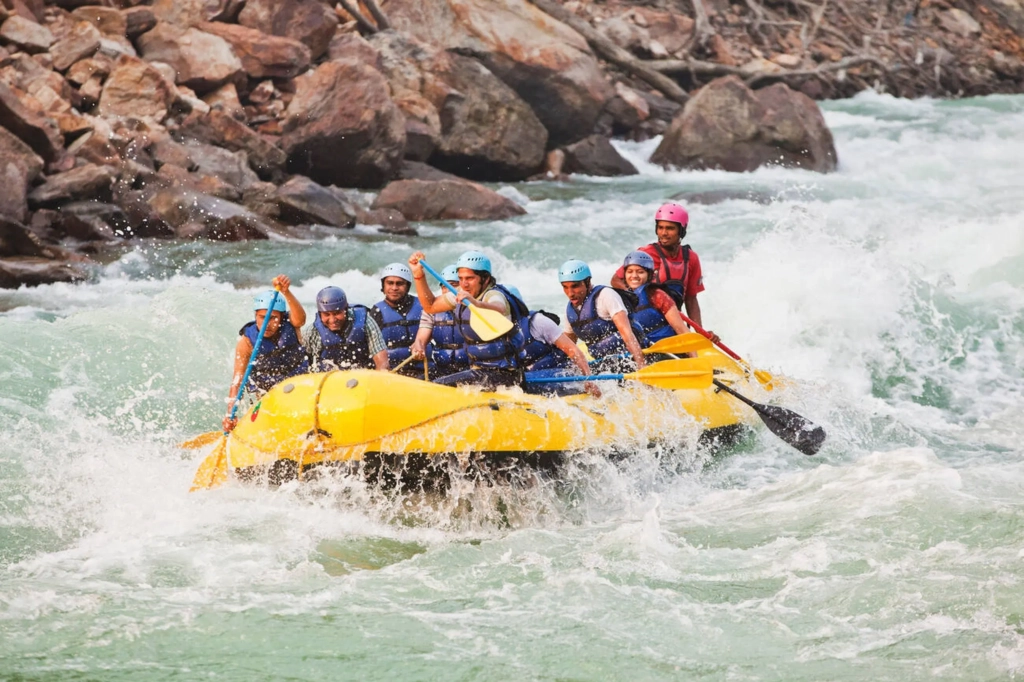
The Teesta River in Sikkim remains one of the more reliable cold-season rafting options among the winter river rafting destinations. The best window for rafting on the Teesta is cited as December to June. Rapids are rated Grade II to IV and provide a range of challenge levels.The setting is vibrant Himalayan valley terrain with access and base-camp options.
Key planning details:
- Best months: December through early spring.
- Skill level: Intermediate; previous rafting experience recommended.
- What to pack: Thermal under-layers, wetsuit/drysuit, neoprene booties/gloves.
- Stay & rest: Base yourself at a warm villa in Sikkim or nearby to recover post-run.
- Tip: Confirm operator is running cold-water sessions and has adequate safety gear.
2. Sikkim – Rangeet River
The Rangeet River is a tributary of the Teesta and offers an off-beat alternative for winter river rafting destinations in Sikkim. Rapids are challenging—appealing to those seeking quieter, more rugged runs.
Planning details:
- Best months: Similar window to Teesta (October–April).
- Skill level: Intermediate to advanced; fewer commercial runs.
- Tip: Stay in a comfortable villa near the river valley to ease into cold runs. Combining rafting with local trekking/hiking adds value.
3. Uttarakhand – Bhagirathi River
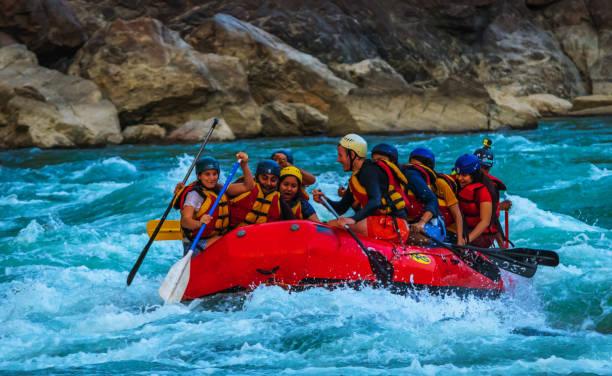
The Bhagirathi River in Uttarakhand offers strong potential for winter-season rafting and qualifies as one of the top choices among winter river rafting destinations.
Planning details:
- Best months: Mid-November to late March.
- Skill level: Intermediate to advanced (Grade III–IV rapids common).
- Logistics: Access may include remote valley roads and cold nights; plan accordingly.
- Stay tip: Choose a warm villa stay with good amenities as part of the experience. Combine rafting with local village visits and Himalayan culture for fuller value.
4. Uttarakhand – Alaknanda River
The Alaknanda River in the Chamoli/Valley region of Uttarakhand adds another winter rafting destination to the list, especially for advanced paddlers. Rapids reach IV–V levels in sections, making it ideal for experienced rafters seeking challenge.
Planning details:
- Best months: Late autumn to early spring (check with outfitters).
- Skill level: Advanced only.
- Stay logistics: Remoteness means stay close and ensure warm recovery lodging.
- Tip: Ensure seasons and flow levels are safe – peak winter access may be restricted.
5. Ladakh – Indus River
The Indus River in Ladakh represents a more extreme but compelling winter-fringe rafting destination. While deep winter runs may be infeasible due to freezing, late autumn or early winter windows (October/early November) offer possibility. The terrain is high altitude, remote and dramatic—making it appealing to serious adventure travellers looking for winter river rafting destinations beyond the usual.
Planning details:
- Best months: Late October to early November; full winter may not be feasible.
- Skill level: Advanced; altitude, remoteness, cold water + logistics.
- Tip: Pair rafting with a well-equipped stay in Leh region; warm base essential. Always check river access & weather; winter conditions may mean cancellation or alternate routes.
6. Ladakh – Zanskar River
The Zanskar River is among India’s most remote rafting rivers. While primarily a summer destination, it rounds out the list of “winter river rafting destinations” by representing the extreme high-altitude edge. It demonstrates the full spectrum—from accessible cold runs to expedition-level remote rafting in winter-fringe seasons.
Planning details:
- Best months: Very early winter or spring; full deep-winter likely not feasible.
- Skill level: Veteran rafters, expedition format, camping involved.
- Tip: For this one, base accommodation may be minimal; expect remote logistics. Clearance, transport and safety support matter strongly here.
How to Plan Your Winter Rafting Trip
Here’s a step-by-step plan to make your trip to one of these winter river rafting destinations successful:
- Pick your river: Decide how remote you want to go and your experience level.
- Check availability & season: Contact local rafting operators to confirm they run winter sessions and check flow/conditions.
- Book early: Winter weeks may have fewer slots, fewer operators; book lodging + gear early.
- Pack appropriately: Include thermal base layers, wetsuit/drysuit if required, neoprene gloves/booties, dry bags, warm clothes for after the run.
- Skill & experience: Be honest—cold water + rapids = more challenging. Make sure you are ready.
- Accommodation: Choose a comfortable stay (villa or lodge) that provides warmth/rest after cold runs.
- Safety & operator credentials: Ensure guides have experience, safety kayaks are present, and you’ve checked reviews.
- Rest day: Factor in at least one rest/recovery day; cold water rafting is taxing in winter.
- Internal-travel match: Use the rest day to enjoy local village culture or mountain views; this enriches the trip beyond rafting.
Safety & Tips for Winter Rafting
- Cold water caution: Rivers in winter are icy – risk of hypothermia, cold shock.
- Access & altitude: Especially in Ladakh/Uttarakhand high stretches, altitude and remote access add layers of complexity.
- Flow variation: Winter can mean lower flow or partial freeze; check operator updates.
- Grades & cold effect: Rapids behave differently in cold conditions; what feels moderate in summer may feel tougher in winter.
- Gear checklist: Helmet, life jacket, appropriate raft, dry-bags, thermal layers, warm post-run clothing.
- Suitable skill level: Not all runs are beginner-friendly when cold; know your limits.
- Stay warm after the run: Recovery matters; having a warm lodge or villa is more important than in summer.
- Insurance: Adventure travel insurance that covers cold-water rafting is strongly recommended.
Combining Rafting with Local Culture, Scenery & Other Activities
Beyond the thrill of navigating rapids, many of these winter river rafting destinations turn into full-fledged Himalayan experiences when you pair them with local culture, scenery and additional activities. For example:
- In the Sikkim valley post-rafting on the Teesta River or its tributary the Rangeet River, you can visit nearby monasteries, stroll through terraced fields, sample regional cuisine like gundruk and thukpa, and take gentle nature walks in the crisp winter air.
- In Uttarakhand after rafting the Bhagirathi River, you might explore Garhwal villages, witness traditional Himalayan architecture, or take a short scenic drive to view snow-dusted peaks. These side-activities enrich the journey, turning a rafting trip into a vibrant Himalayan getaway.
- Even in more remote regions like Ladakh, combining a rafting run on the Indus River or Zanskar River with a visit to high-altitude Buddhist monasteries, village homestays and expansive valley views transforms the adventure into a cultural-scenic immersion.
Accommodation – Where to Stay
When your rafting run pushes into cold conditions, high altitude or remote terrain, your choice of stay becomes as important as the river itself. Staying in a premium villa from StayVista turns the rest after the rapids into part of the experience.
1. StayVista at The Stargazer, Pelling (Sikkim)
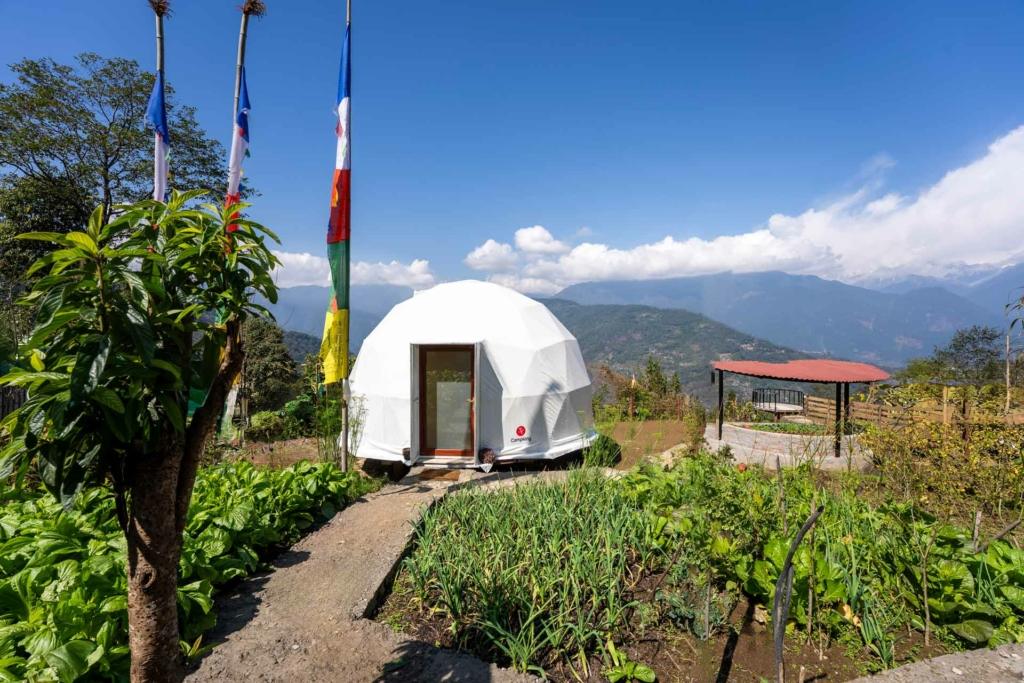


Perched in Lower Pelling on the Dentam Road, this villa offers a cosy base amidst mountain views and is ideal for rafting days on the Teesta River or the Rangeet River. Guests praise the garden, bonfire arrangements and modern living / dining spaces. After a cold-water rafting run, returning to a villa with a lawn, fire-pit and warm interiors helps the recovery. Located high in Sikkim’s valley so you’re well placed to continue cultural-scenic explorations the next day. Raft the Teesta in the morning and return to this villa in the afternoon to warm up, reflect and plan the next day’s sightseeing.
2. StayVista at Villa Vaari, Dehradun (Uttarakhand)
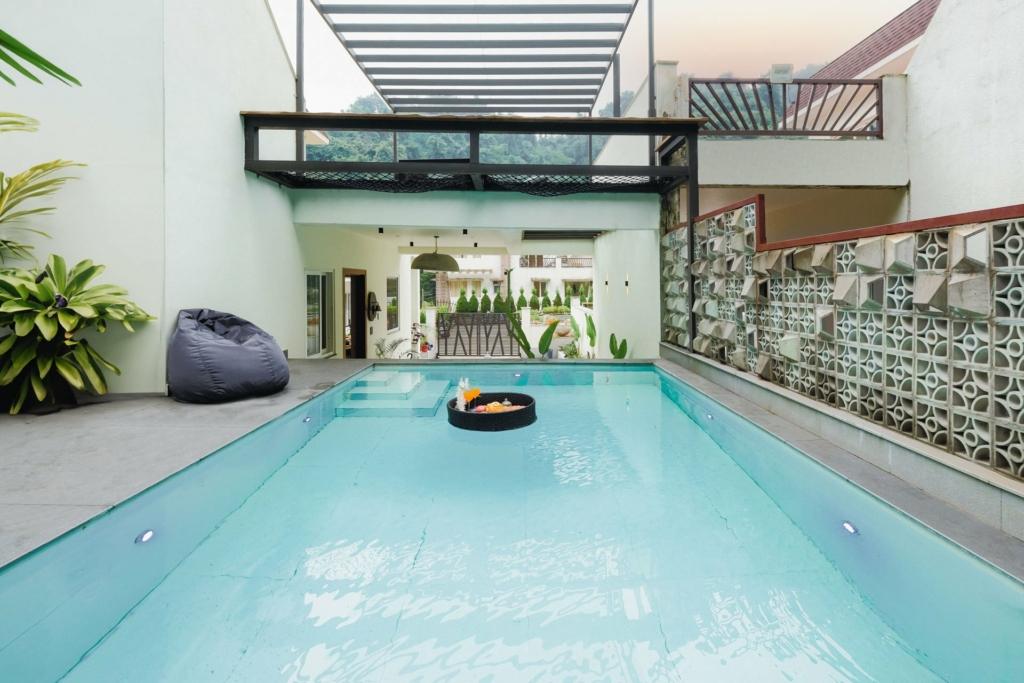

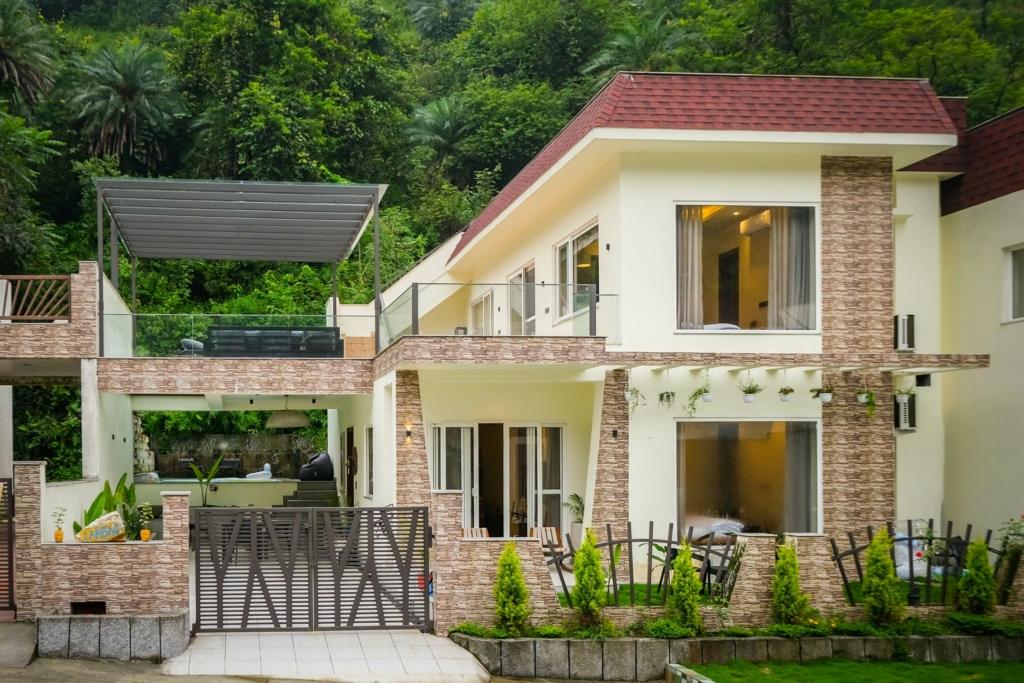
Situated near Dehradun (a good base for Uttarakhand rafting regions) this four-bedroom villa has a private pool, spacious living/dining, mountain/garden views and thoughtful amenities. For rafting on the Bhagirathi River or Alaknanda River in Uttarakhand, this sets a high-comfort stay post-adventure. Following your rafting run in the chilly Garhwal reaches, slip into the warmth of Villa Vaari’s pool and unwind with a dinner under the stars.
3. StayVista at Pleasance Villa, Ranikhet
Located in Ranikhet, which offers bonfire, chill-out zones and valley views, ideal after a day on the Bhagirathi or Alaknanda. This secluded haven boasts unique interiors thoughtfully designed with modern amenities, creating a cosy yet luxurious ambience.
FAQ – People Also Ask
Q: Can you go rafting in the Indian Himalayas during winter?
Yes — there are select rivers that open for rafting in cooler months (e.g., Teesta, Bhagirathi) and thus qualify as true winter river rafting destinations.
Q: What is the best time for winter river rafting in Sikkim?
For Sikkim’s rafting runs, the window of December to April is cited as viable for colder-season rafting.
Q: Is rafting on the Zanskar River possible in winter?
Rafting the Zanskar is primarily a summer-season pursuit; deep winter conditions can freeze access. It may work as a very early winter or late spring option.
Q: What skill level is required for winter rafting in Uttarakhand?
Skill levels vary — but many winter-capable stretches have Rapids Grade III–IV, so intermediate to advanced experience is recommended.
Q: Should I stay in a villa after a winter rafting trip?
Absolutely. Given the cold conditions and high-altitude terrains, a warm stay (such as a villa or well-equipped lodge) makes the difference in comfort, recovery and overall experience.
Your Himalayan Winter Rafting Adventure Begins
Whether you’re plotting places to visit in India for winter adventure or simply seeking a cold-water thrill, the following destination list of winter river rafting spots offers strong options:
- Sikkim: Teesta and Rangeet rivers for accessible yet adventurous runs.
- Uttarakhand: Bhagirathi and Alaknanda for Himalayan valley action with cold-season potential.
- Ladakh: Indus and Zanskar for high-altitude, remote winter-fringe rafting for advanced adventurers.
Each of these stands out among winter river rafting destinations because they combine rapids, scenery and seasonal viability. Choose your river, verify operator and season, pack your gear smartly and pair the rafting run with a comfortable stay to complete the experience.
Ready to dive into the rapids? Winter awaits—grab your paddle and go beyond Rishikesh!
Banner Image Credit: VILevi via Getty Images




